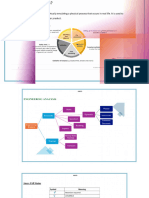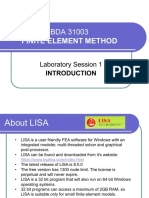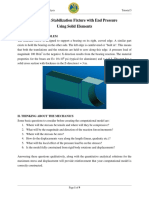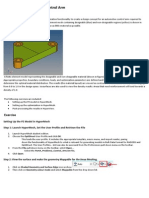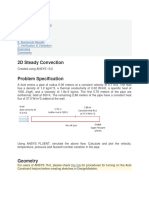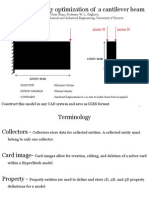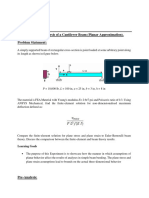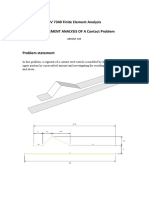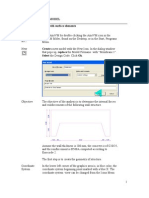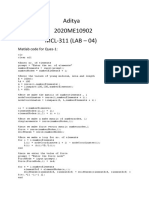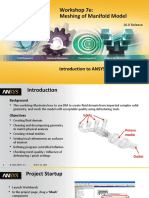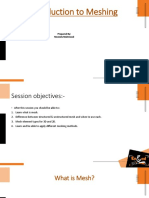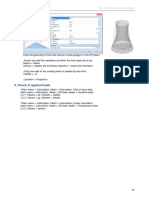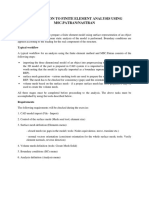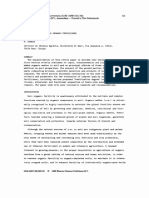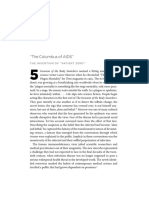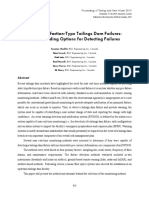0% found this document useful (0 votes)
36 views35 pagesTutorial3 - FEA-3D Solid Simulations Using ANSYS
This document outlines a training session on using 3D solid elements in ANSYS, focusing on skills such as running 3D simulations, improved meshing methods, and geometric non-linear simulations. It includes detailed instructions on setting up a beam bracket and a pneumatic finger model, including material properties, boundary conditions, and mesh quality improvement techniques. The document emphasizes the importance of mesh quality and the differences between linear and non-linear simulations in achieving accurate results.
Uploaded by
202321189Copyright
© © All Rights Reserved
We take content rights seriously. If you suspect this is your content, claim it here.
Available Formats
Download as PDF, TXT or read online on Scribd
0% found this document useful (0 votes)
36 views35 pagesTutorial3 - FEA-3D Solid Simulations Using ANSYS
This document outlines a training session on using 3D solid elements in ANSYS, focusing on skills such as running 3D simulations, improved meshing methods, and geometric non-linear simulations. It includes detailed instructions on setting up a beam bracket and a pneumatic finger model, including material properties, boundary conditions, and mesh quality improvement techniques. The document emphasizes the importance of mesh quality and the differences between linear and non-linear simulations in achieving accurate results.
Uploaded by
202321189Copyright
© © All Rights Reserved
We take content rights seriously. If you suspect this is your content, claim it here.
Available Formats
Download as PDF, TXT or read online on Scribd
/ 35



